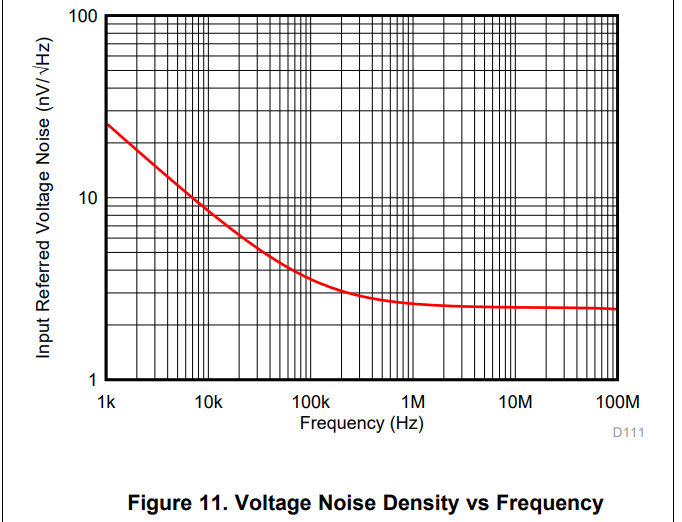RF amplifiers, both power amplifiers and low noise amplifiers, are rated with a minimum and maximum frequency. For example, the Analog Devices HMC517LC4 Low Noise Amplifier has a frequency range of 17 - 26 GHz, or the HMC374 has range 300 MHz - 3 GHz.
I understand why there's a maximum frequency: because the underlying components can only switch at a certain speed, because too high of a switching speed can cause ground bounce, and because at too high of a frequency the wavelength is short enough that conductors no longer have uniform voltage.
Why is there a minimum frequency? What happens if e.g. I try to use one of those components for 100 MHz or 1 MHz or even 1 kHz? Why?
I ask because there are plenty of both LNA and PA listed for microwave frequencies, but almost nothing listed for HF or below. What would the impact of using a microwave LNA or PA on HF frequencies be?

